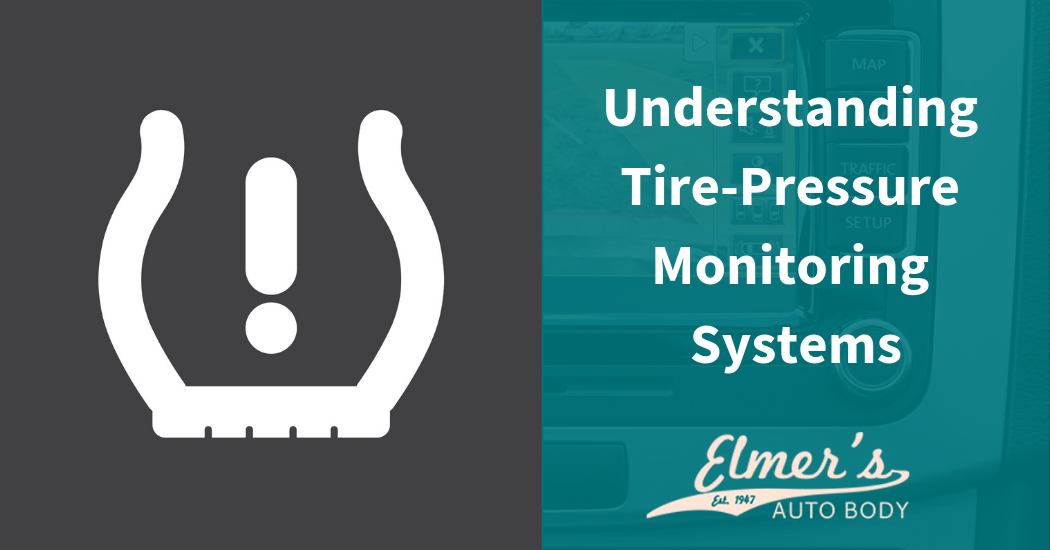Who would have thought that monitoring tire pressure would be included in newer vehicle operating systems? Knowing you had low tire pressure usually meant getting out of your vehicle, reaching for your tire pressure gauge, if you had one, and getting to an air hose or compressor, or one of those pressurized air cans and inflating your tires to their recommended pressure.
Federal Guidelines
Though checking tire pressure is still done the same way with older vehicles, federal stipulations, like the 2000 TREAD Act were put into place due to rollover incidents involving certain vehicle models and particular brands of tires. So, any vehicle that is in the 2008 or newer range is now equipped with a tire-pressure monitoring system or TPMS.
How it Works
The TPMS system works through sensors that are regularly monitoring tire pressure. There is a symbol on the instrument panel of a vehicle that indicates when tire pressure is seriously low. It is represented by the following symbols. Included with the symbols is associated information and instruction concerning tire pressure.
Symbols
- the cross section of a tire
- an exclamation point symbol
- an upper view of a card with all tires exposed
Information
- A TPMS warning light will come on when a tire goes below 25% of its recommended tire pressure.
- The warning light should not be used as a replacement for checking tire pressure on a regular basis. Any checking should be done for the recommended pressure level for the particular tire.
- Some drivers have difficulty recognizing the low tire-pressure warning light on the instrument panel, or they simply do not check it at all. The device is only effective if drivers know the light and are attentive to their proper tire pressure.
Instructions
- Tire flexing can occur with under inflated tires, which produces heat. That heat can be damaging to a tire in general and to the chemical makeup within the tires themselves. If you want to avoid tire flexing, don’t allow an under inflated tire to go unchecked.
- Tire pressure must be thoroughly checked during warmer months to avoid the breakdown of tire fibers, plus any high speed driving should be limited, as it can also affect a tire’s condition and performance.
- Low tire pressure is a safety concern but it also diminishes fuel savings and also causes tire wear. Tire pressure should be checked at least once a month and a vehicle owner should not completely rely on their TPMS to do it for them. Investing in a good tire pressure gauge is also important.
- Recommended tire pressure for newer cars is usually found on the driver’s side doorpost or in the owner’s manual for the particular car model. If the vehicle is older, it can be found in the console lid, the glove compartment, the lid of the trunk or the fuel tank cap.
Different Types TPMS
Two different types of TPMS systems are utilized in newer vehicles that include:
Indirect TPMS is a less expensive system that utilizes anti-lock braking with a wheel-speed sensor. It is set up to detect the rotation of one tire and whether it is moving faster than the other three tires. A tire that is under-inflated will be smaller and will move faster to remain in step with the other tires. This means of determining under-inflation is not as effective as a direct measuring system.
Direct TPMS does actually measure tire pressure and it is an accurate system. A gauge is applied to the tire valve or tire wheel. The gauge transmits a signal to the vehicle’s computer system. The data output concerning the pressure is then clarified through a low or high line unit. The high line system’s sensors are in the wheel wells of the vehicle and will display separate pressure for each tire. Low-line systems are built in lower cost vehicles and will only elicit the warning light for low pressure. The vehicle driver will have to determine on their own exactly which tire is low, Obviously, the best systems are those that show pressure for each individual tire, and a high-line system is easier to deal with as well as more accurate.
Understanding tire-pressure monitoring systems doesn’t have to be complicated, but if you are unsure of the different types of monitoring in newer or even used vehicles, complete the online contact form, and an expert in TPMS will get back to you with the information you need to better understand the choices available to you.

